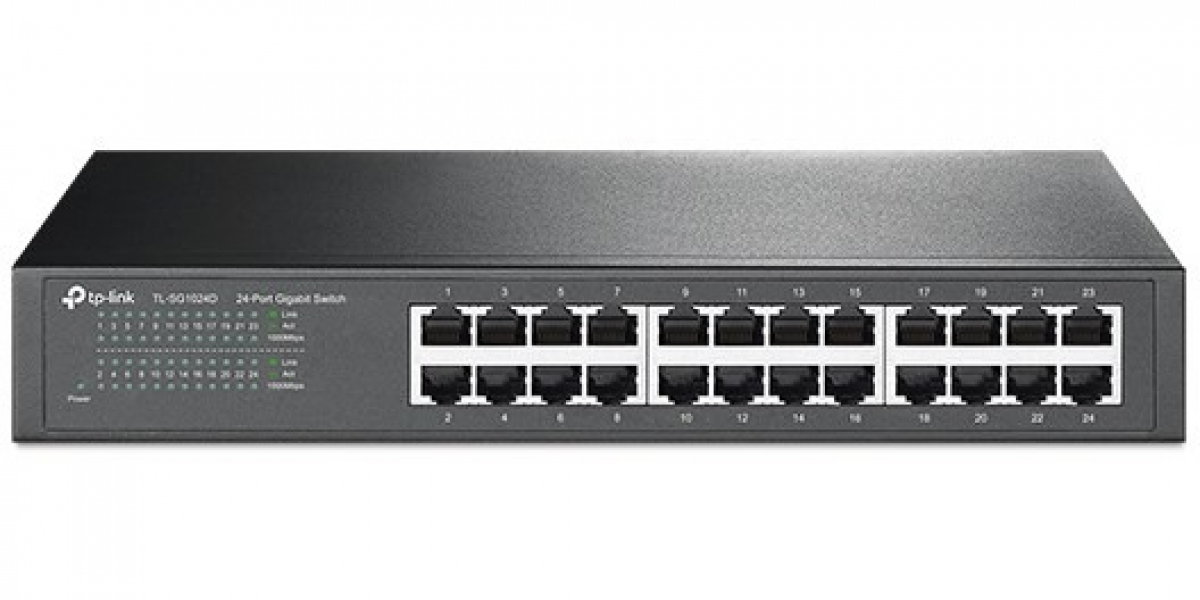In the world of networking, two common devices that often cause confusion are wireless access points (WAPs) and routers. While both play crucial roles in providing internet access, they serve different purposes and operate in unique ways. Understanding the difference between these devices can help you optimize your network for better connectivity, especially when using advanced equipment like the Ubiquiti U7-Outdoor, Ubiquiti UniFi Dream Router (UDR), or Ubiquiti U6-IW In-Wall WiFi.
In this guide, we’ll explore the differences between access points and routers, when to use each, and how they can complement each other in both home and business environments.
What is a Router?
A router is a device that connects multiple networks together and directs data between them. It’s typically used to connect a local network (such as your home or office) to the internet. A router assigns IP addresses to devices in the network, manages data traffic, and acts as a gateway to the internet. Modern routers often come with built-in wireless capabilities, allowing them to function as both a router and a wireless access point.
Key Features of a Router:
- Routing: Routers determine the best path for data to travel between your network and the internet.
- NAT (Network Address Translation): Routers translate internal IP addresses to a public IP address, allowing multiple devices to access the internet using a single IP.
- DHCP (Dynamic Host Configuration Protocol): Routers assign IP addresses to devices within your local network.
One popular router is the Ubiquiti UniFi Dream Router (UDR), which provides both routing and wireless connectivity, making it an all-in-one solution for homes or small businesses.
What is an Access Point?
A wireless access point (WAP) is a networking device that extends a network’s wireless coverage by connecting to a wired network. Access points do not route traffic between different networks like routers do; instead, they provide wireless access to an existing network. This makes them ideal for extending Wi-Fi coverage to areas where a router’s signal might not reach, such as large homes or office buildings.
Key Features of an Access Point:
- Wi-Fi Extension: Access points extend the reach of your Wi-Fi network, eliminating dead zones.
- Multiple Device Support: Access points are designed to handle numerous devices at once, making them ideal for high-traffic environments.
- Scalability: Access points can be added to existing networks to scale wireless coverage as needed.
For instance, the Ubiquiti U7-Outdoor and Ubiquiti U6-IW In-Wall WiFi are wireless access points designed to enhance Wi-Fi coverage in outdoor areas and through walls, respectively. Both can significantly improve connectivity in large or challenging environments.
Router vs. Access Point: Key Differences
- Functionality: Routers connect different networks (such as your local network and the internet), while access points extend the wireless coverage of an existing network.
- IP Address Management: Routers assign IP addresses to devices in the network using DHCP, while access points simply pass through the network traffic from devices to the router.
- Data Traffic Control: Routers direct data traffic between networks, while access points only facilitate wireless connections within a local network.
- Placement and Usage: Routers are typically used to provide internet access to a network, while access points are deployed to improve Wi-Fi coverage, especially in large or multi-story buildings.
When Should You Use a Wireless Access Point?
If your router’s Wi-Fi signal doesn’t cover your entire home or office, or if you need to provide wireless access in areas far from the router, adding a wireless access point can solve the problem. WAPs are particularly useful in large spaces like warehouses, schools, or offices with multiple rooms where a single router might not offer adequate coverage.
For example, using the Ubiquiti U7-Outdoor access point can significantly improve Wi-Fi access in outdoor areas, while the Ubiquiti Wireless Access Point (U7-Pro-Wall) is designed for high-performance wireless coverage in indoor environments. Both offer high-speed connectivity and reliability, ensuring seamless wireless access across wide areas.
Access Points and Routers: Complementary Devices
In many cases, access points and routers work best together. A single router can provide internet access to your network, while strategically placed access points like the Ubiquiti U6-IW In-Wall WiFi or Ubiquiti Wireless Access Point (U7-Pro-Wall) can extend Wi-Fi coverage to ensure all areas have strong, reliable connections. This setup is especially beneficial in environments with multiple floors, thick walls, or outdoor spaces.
Additionally, using devices like the Ubiquiti UniFi Gen2 Controller (UCK-G2-PLUS) can help manage and monitor both routers and access points within a network, ensuring optimal performance and easy troubleshooting.
Specialized Use Cases
- Zebra ZD220 Label Printer ZD22042-T0EG00EZ: Wireless access points can also play a crucial role in connecting specific hardware like the Zebra ZD220 label printer. With the right access point setup, you can wirelessly connect devices like label printers, ensuring they are accessible from various locations in a large office or warehouse environment.
- Ubiquiti G5 Turret Ultra Camera UVC-G5-Turret-Ultrader: Security cameras like the Ubiquiti G5 Turret Ultra can also benefit from an access point’s extended coverage. In large outdoor or indoor spaces, access points ensure these cameras stay connected and provide real-time footage without lag or interruption.
Conclusion
While routers and wireless access points serve different purposes, they are both essential for creating a robust and reliable network. Routers provide internet access and manage network traffic, while wireless access points extend the reach of your Wi-Fi, ensuring consistent connectivity throughout larger or more complex environments.
Devices like the Ubiquiti UniFi Dream Router (UDR) and Ubiquiti U6-IW In-Wall WiFi showcase how routers and access points can work together to provide fast, reliable, and scalable network solutions for homes and businesses alike.









